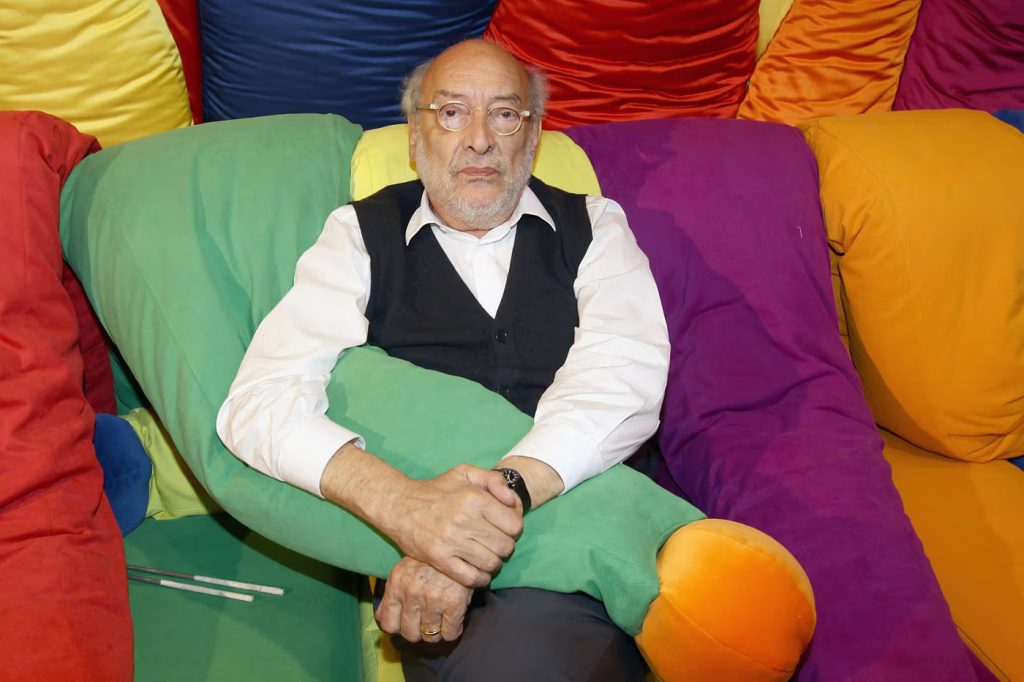
Gaetano Pesce, the Italian architect and industrial designer known for his unconventional approaches and being a pioneer of the Radical Design movement, passed away at the age of 84.
“As a designer I make originals, not standardised series, that’s the old way – this is the new way… It is food for the brain – not for pay. If we see the same thing each day, then we die.”
Gaetano Pesce
Pesce was born in 1939 in La Spezia, Italy, and completed his architecture degree at the University of Venice in 1963. He was involved with the Gruppo N, inspired by the principles of the Bauhaus movement. He was a teaching professor at different renowned institutions such as the Institut d’Architecture et d’Etudes Urbaines in France for 28 years, the Carnegie Mellon in Pittsburgh, the Domus Academy in Milan, the Polytechnic of Hong Kong, the Architectural School of Sao Paulo, and the Cooper Union in New York City.
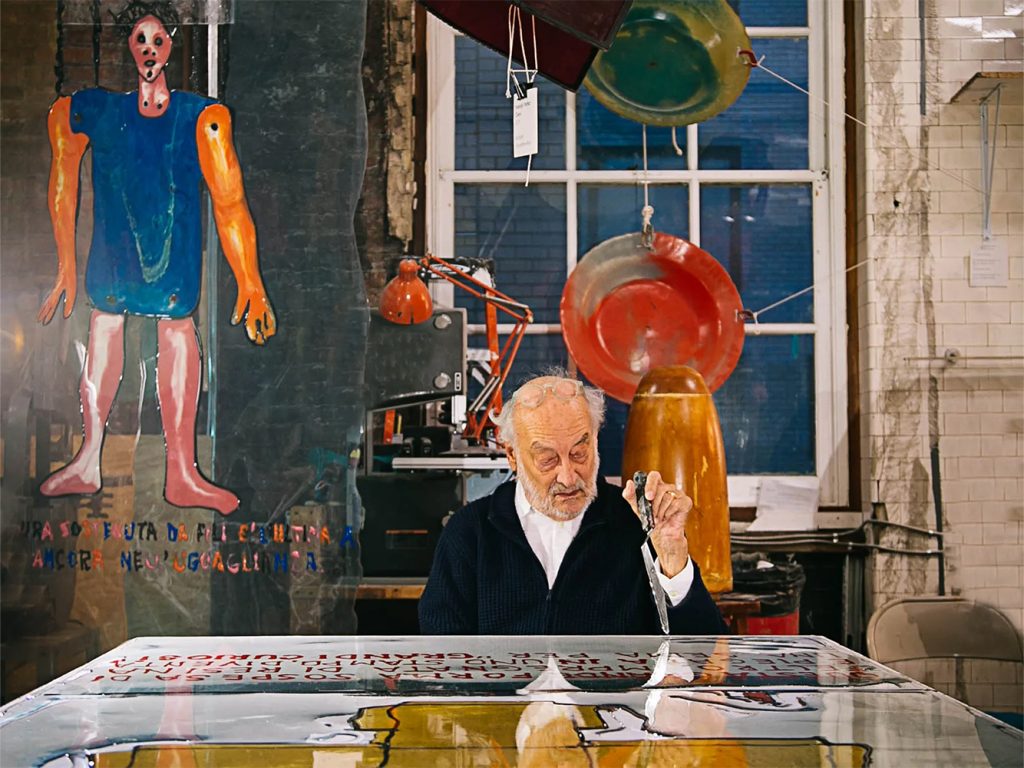
From his early career, he was involved in various fields of design, including architecture, urban planning, interior design, exhibition, and industrial design, and he made projects worldwide. During his long career, Pesce has advocated for the idea that modernism goes beyond just stylistic norms. Instead, he believes it serves as a framework for understanding the present era while valuing and honoring uniqueness.
His debut in 1962 for B&B Italia made history. His playful, colorful approaches with iconic lines made him a world-renowned, inspiring designer. He designed and produced various pieces for well-known industry leaders such as Vitra and Cassina, along with B&B Italia. The Up armchair is one of his most notable designs that is a recognition production. His iconic designs collected numerous awards and accolades, such as the Chrysler Award for Innovation and Design in 1993, the Architektur and Wohnen Designer of the Year in 2006, and the Lawrence J. Israel Prize from the Fashion Institute of Technology in New York in 2009.
Here are three of his iconic works of Gaetano Pesce:
UP
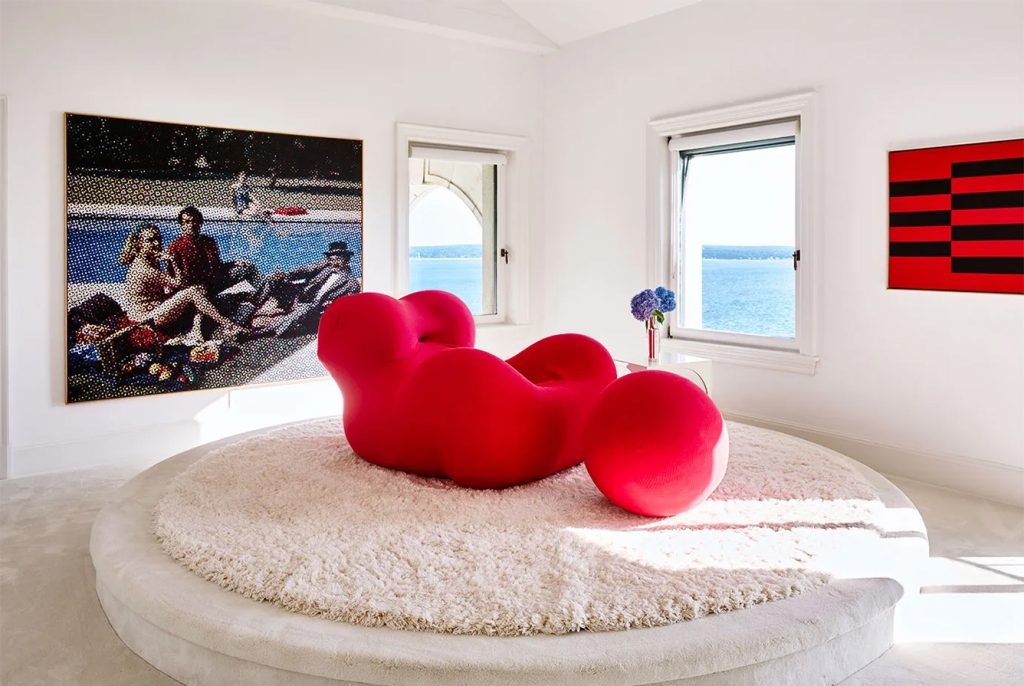
The UP is one of the most well-known designs of Gaetano Pesce. The iconic armchair was produced in 1969, and the idea behind the concept came to Pesce while he was in the shower. He explains the anecdote: “When I pressed the sponge, it shrank, and when I released it, it returned to its original volume. Couldn’t a chair behave the same way?” The sculpture-like chair is made from polyurethane foam. Stands as an art object, inspired by silhouettes of ancient fertility goddesses.
The futuristic chair got referrals as La Mamma, Big Mama, Donna, and Icon. It was also referred to as the future; however, after discovering that polyurethane was harmful to the ozone layer, the manufacturer B&B Italia ceased production.
Come, Stai?
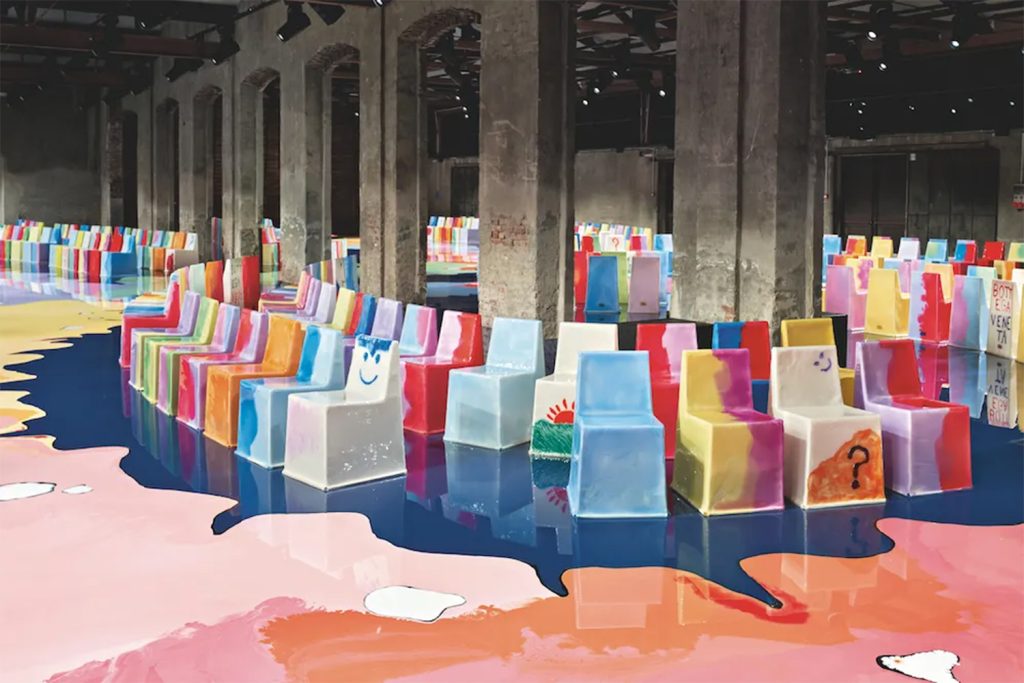
Gaetano Pesce designed the chairs for the Bottega Veneta’s spring 2023 runway. Integrating his colorful and extraordinary approach to a fashion show, the models flowed like a pastel river of melted crayons, bordered by vibrant, color-blocked chairs reminiscent of a psychedelic Rothko painting.
Every one of the 400 furniture items possesses its own distinctiveness, whether through its color or the patterns, it showcases: one might sport a smiley face, another a rising sun, while yet another features a question mark. Pesce explains this approach as “It is about the human being; we are all different.” Originally, the collection was site-specific; later, it was open for the public to view and purchase from Bottega Veneta.
Bahia House
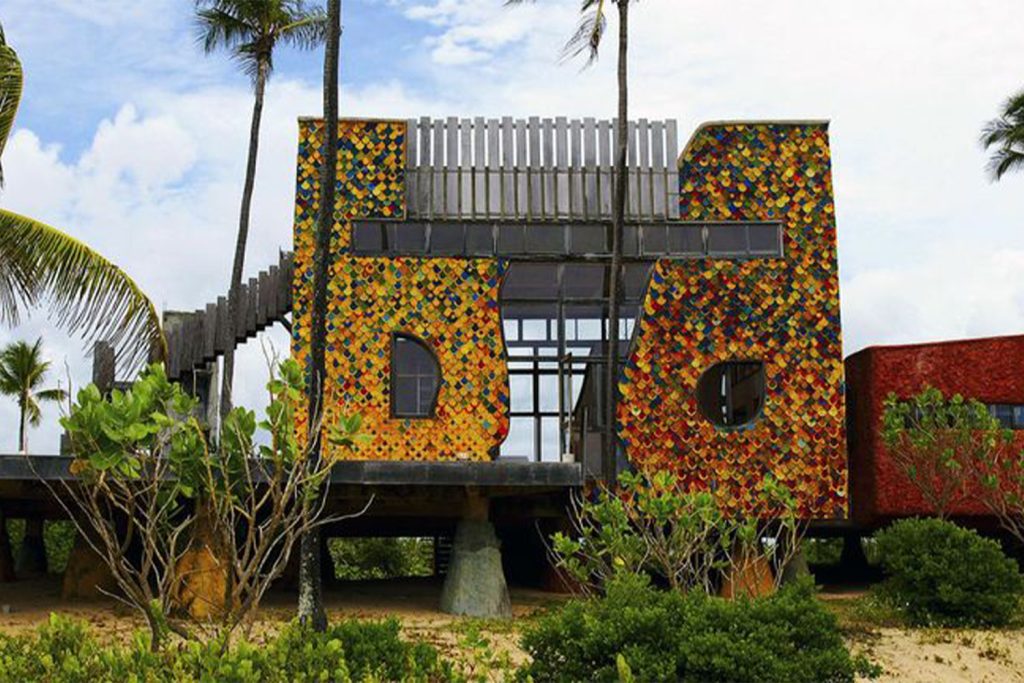
Bahia House is an experimental approach to architecture that showcases Pesce’s approach and one of his famous architectural works. The design includes expressive use of various materials in different textures and colors. Bahia, Brazil, has a rich history shaped by different cultures like indigenous peoples, colonialism, and slavery, all blending over time. Gaetano Pesce designed a place in Bahia with six connected structures made from different materials, like local rubber, modern resins, or recycled pieces. These structures represent nature, animals, and humans.
“Architecture is never using color, which is very strange. The Bahia House is full of color because color is important to transfer a meaning that is very close to the meaning of life — energy, color, life. For me, it’s very important to transfer all those things through architecture.”
Gaetano Pesce




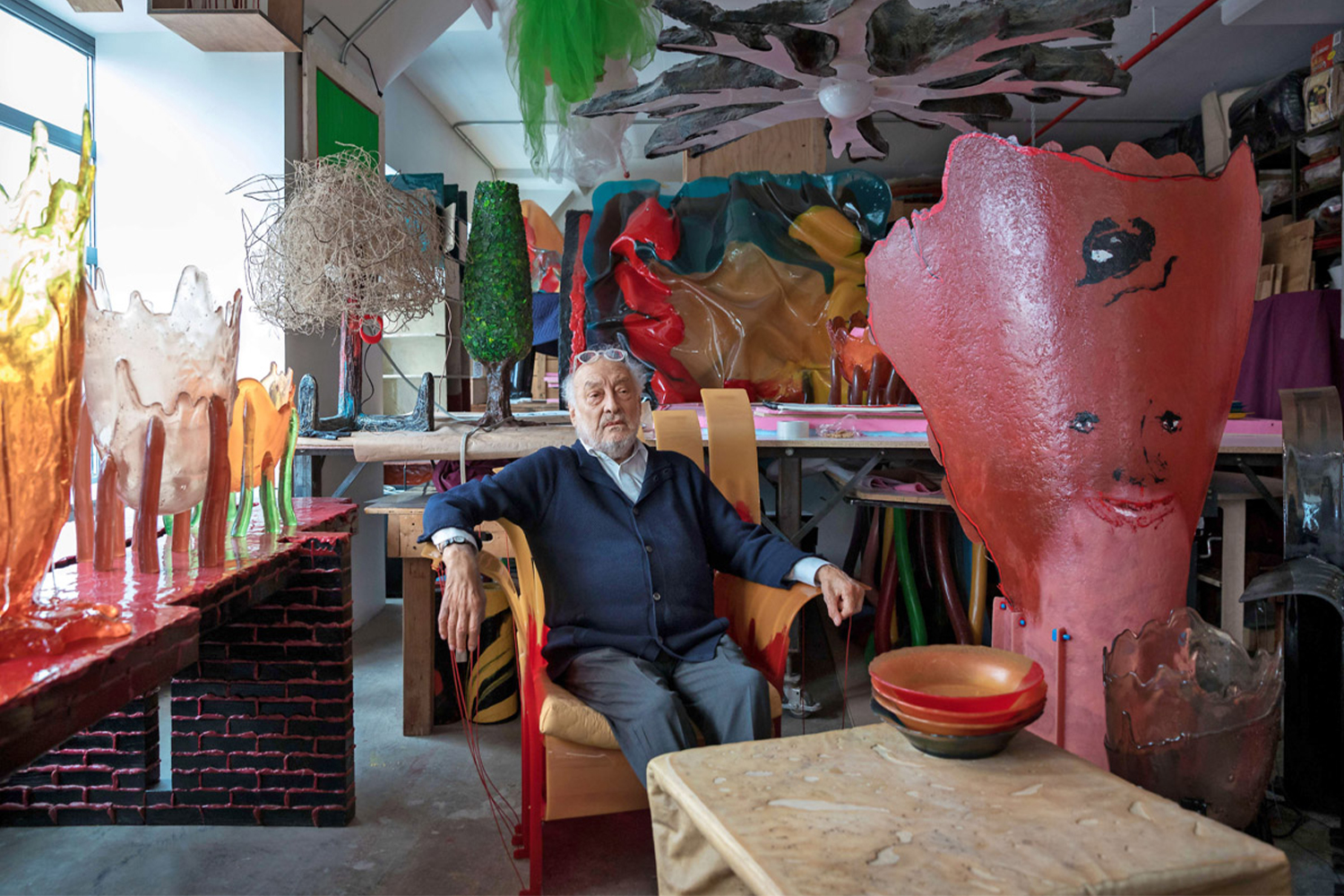



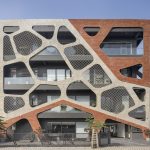
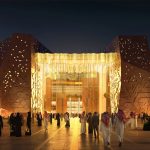









Leave a comment